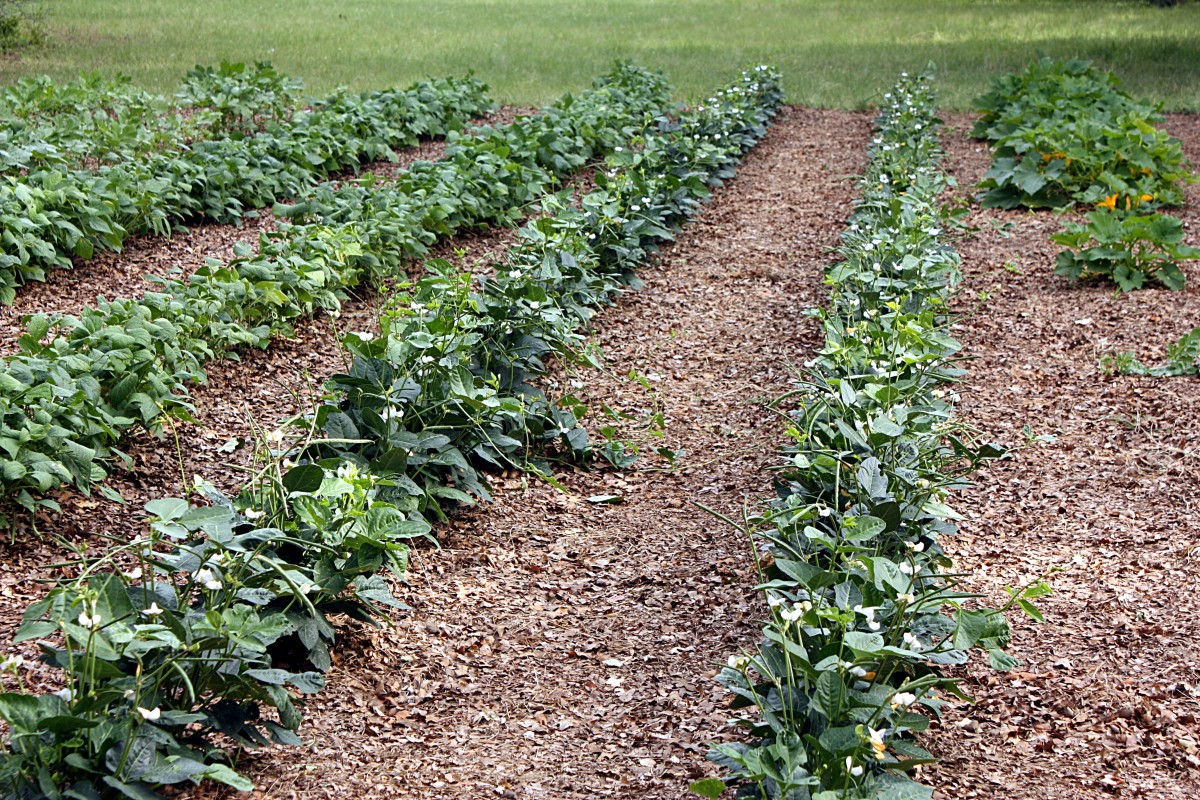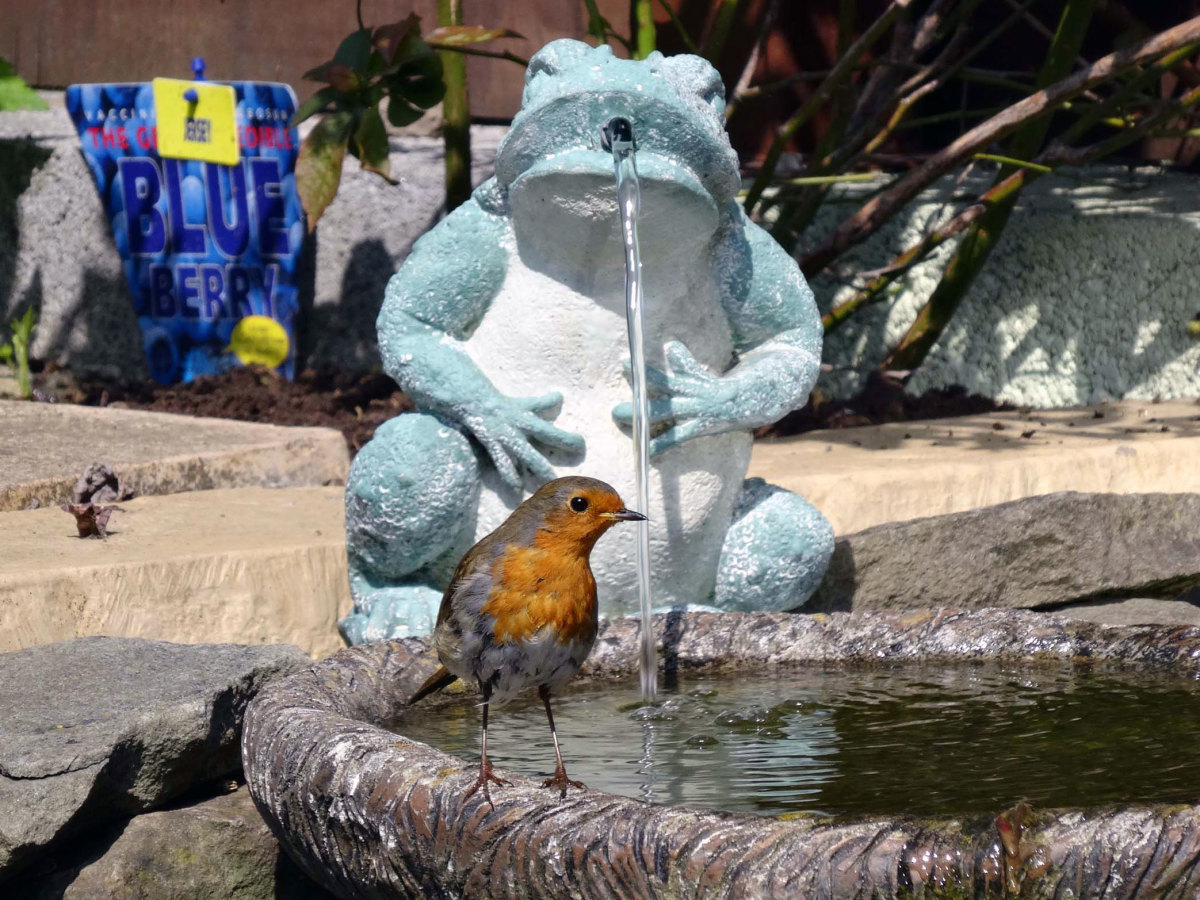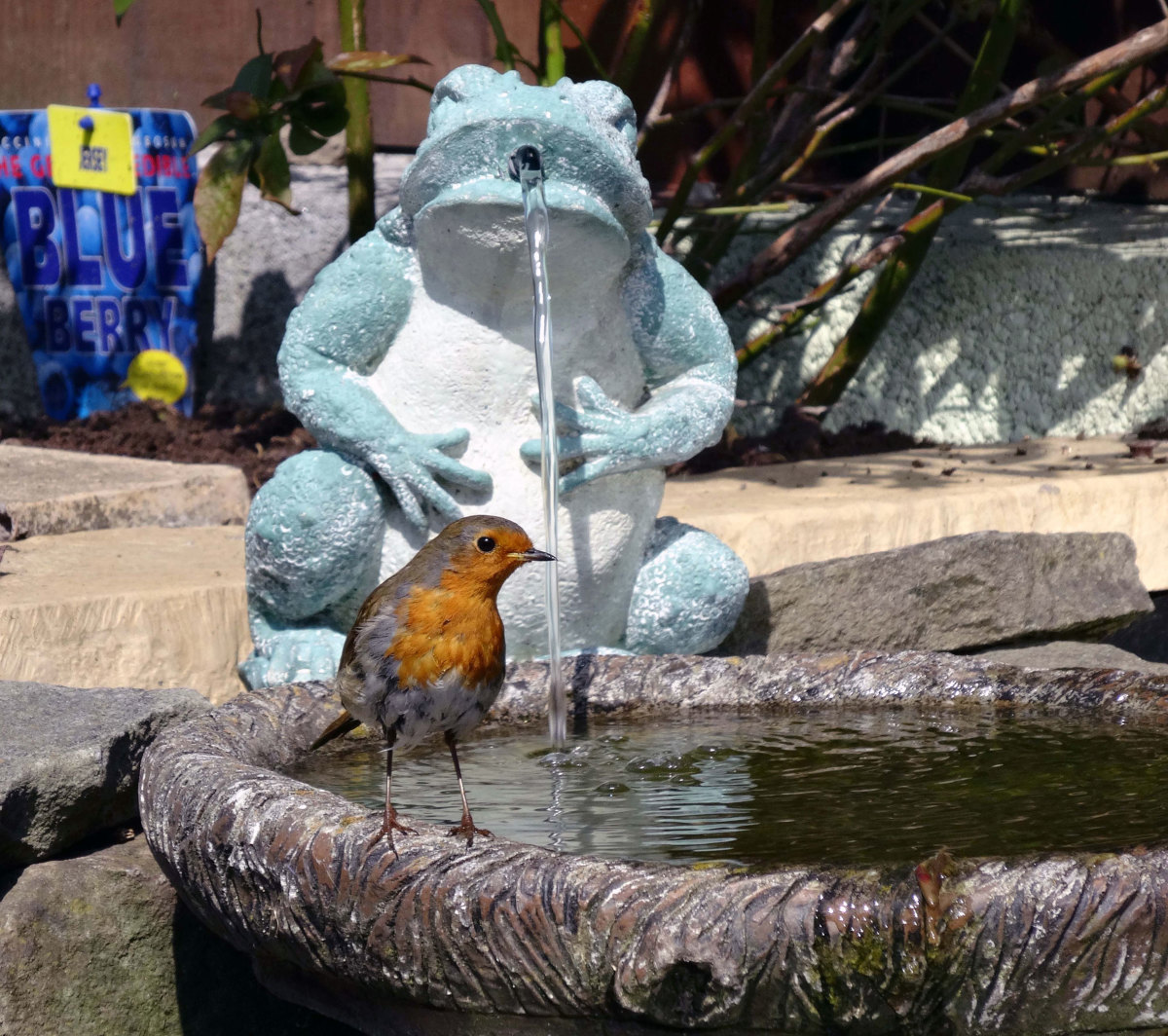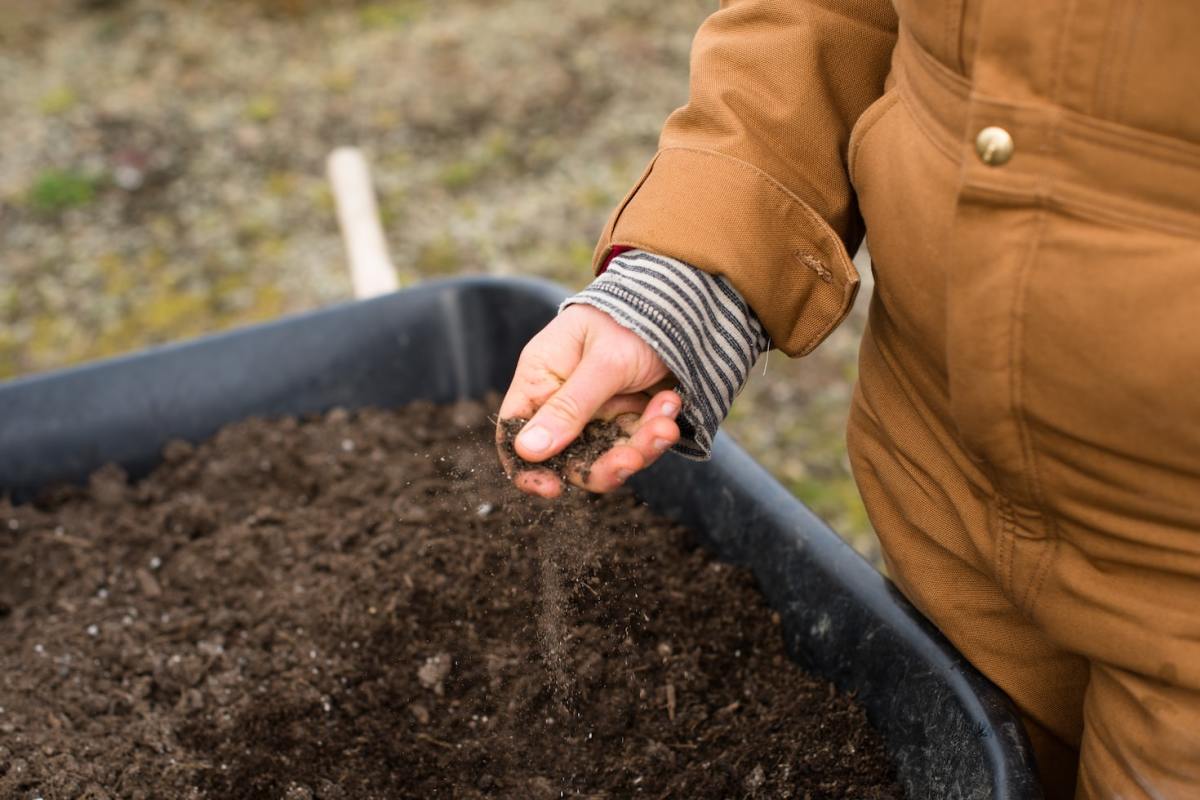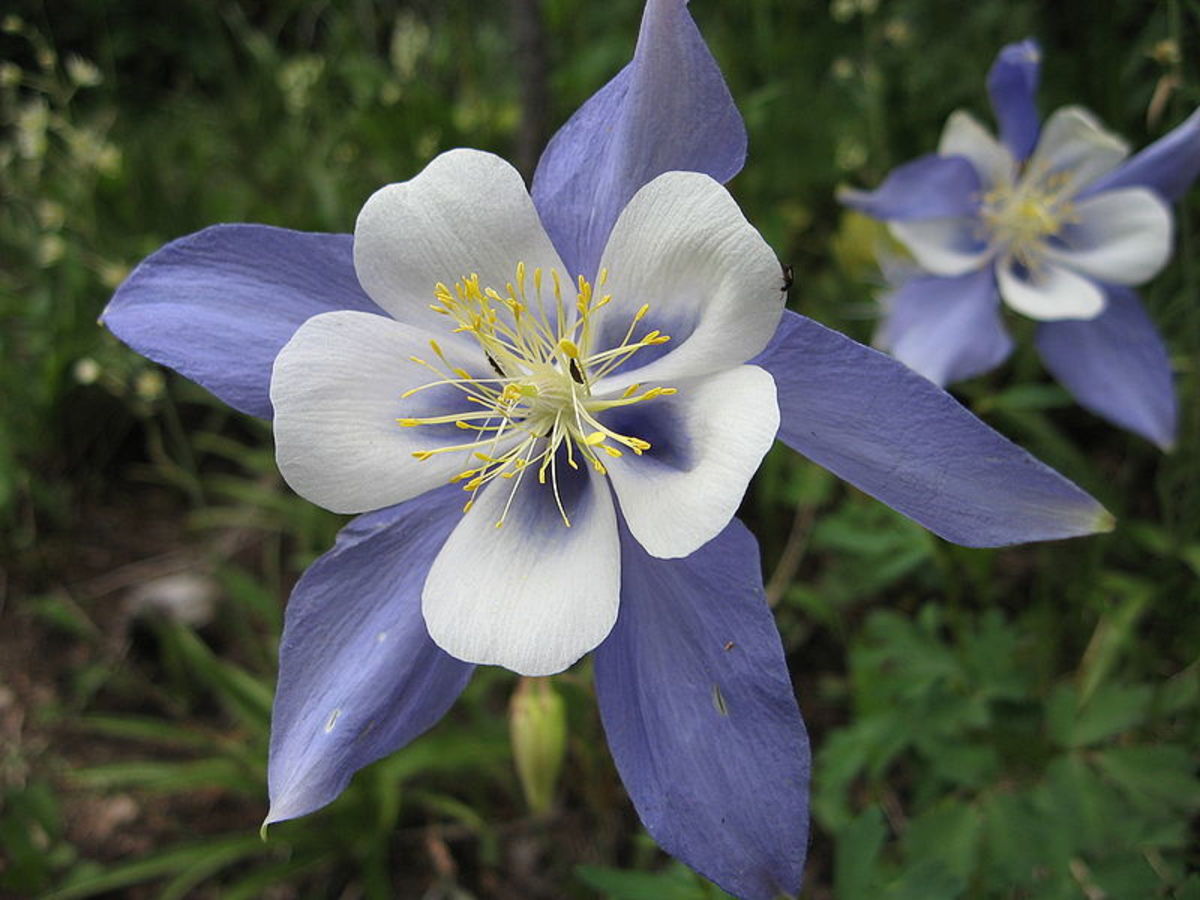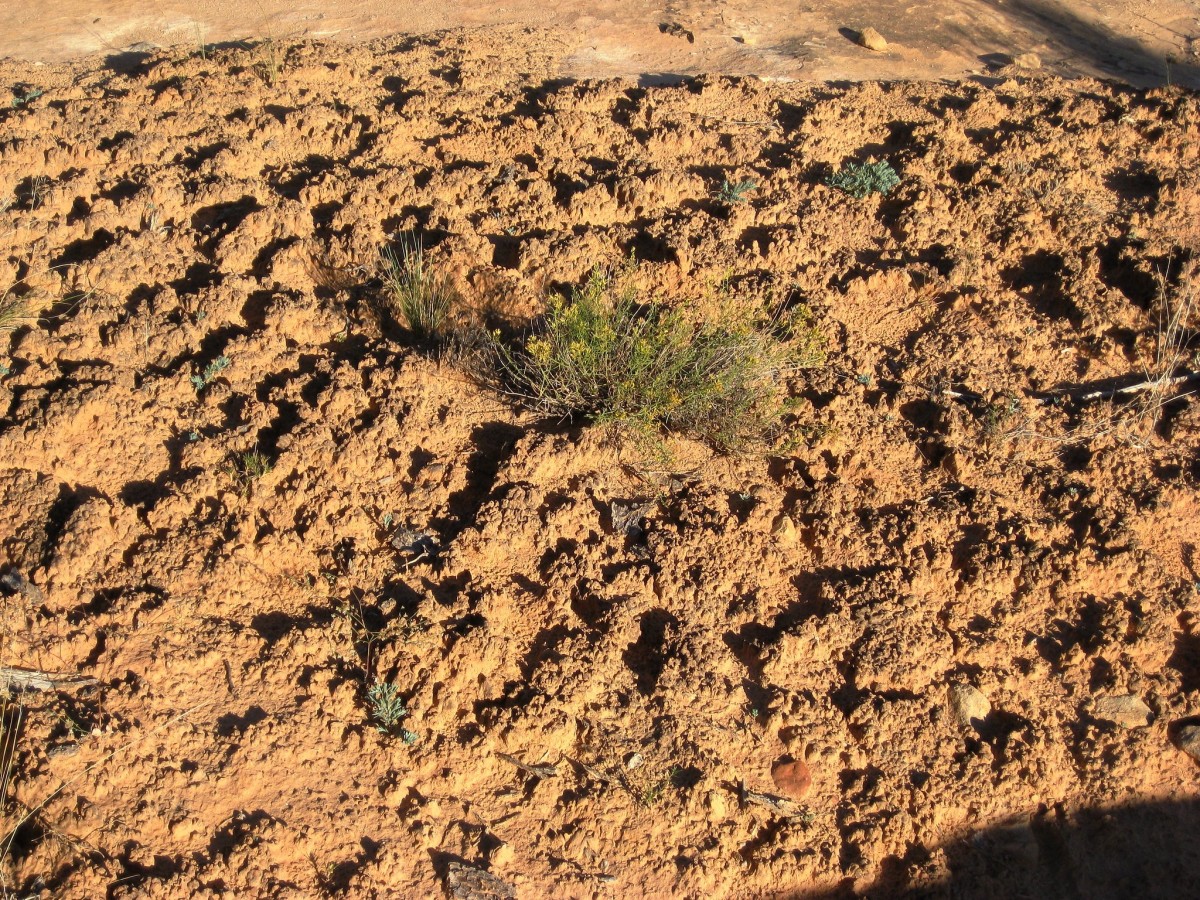How to Find Inexpensive Soil for your Urban Farm
A Request from a Good Friend
Last week I posted an article about frugal urban farming, and I received the following comment from a good online friend of mine:
“I love this article, but I really wish you would cover a little more about the soil. We have grown a lot of plants. We've used pallets and penny pinched everything, but even with compost we have always found our largest cost is soil because once we put in the raised bed (pallet planks in a square) There is never enough soil to fill it up. Not minimizing this great article by far! Just one of our struggles with our frugal planting.”
Milisa, your wish is my command.
I’ll be honest, I never really thought about the cost of soil, mainly because we always borrow from Peter to pay Paul on our urban farm. I know, that’s a bit confusing, but you’ll understand as I continue.
Without a doubt soil can be expensive. Let me amend that statement a bit…good soil for farming can be expensive. I can take my pickup to the lawn and garden center and get a half-yard for twelve bucks, but the soil is nowhere near ready to use for planting. It might be good for landscaping or filling, but it certainly lacks the nutrients for planting.
So, really, Milisa’s question is a two-parter, whether she planned it that way or not.
Where can you get inexpensive soil, and what do you do with it so it has the nutrients necessary for planting?
I’ll discuss the nutrients at the end of this article. First let’s talk about finding soil “on the cheap.”
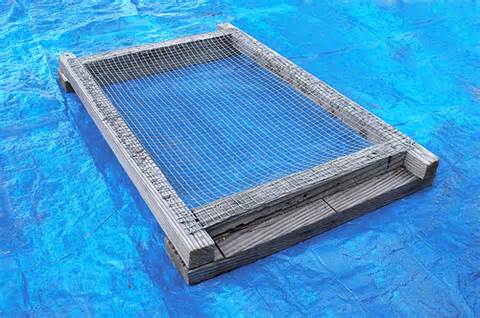
Turf to Soil
The first time I tried my hand at gardening, I went to the same lawn and garden center and purchased something like twenty bags of nutrient-rich soil. I don’t remember what that cost but I know I cringed when I paid for it.
That’s the last time I did that or will do that.
So when we were planning our latest urban garden I miraculously remembered back long ago to my dad preparing a garden at our home in Tacoma, Washington. I must have been about six or seven when he taught me a nice little trick, and that trick has come in handy many times over the past few years.
Take four 2x4s and screw them together in the shape of a rectangle. You don’t need it to be very big…maybe about 2’x3’ in dimensions. Next, get some very fine metal screening and tack that screening (mesh) to the top of your rectangle. You now have a soil-sifter.
Now choose the site for your garden. Dig up the sod, and sift that sod through your metal mesh. What drops out of the bottom is beautifully sifted soil. Yes, this is work, and it is slow going, but Bev and I were able to sift sod from a 10x10 section of lawn in about three hours, and we gained great satisfaction at the end of our labor, knowing we hadn’t spend a penny for that beautiful dirt.
Construction Sites
Believe it or not, many construction sites are more than happy to have you haul dirt from the site. New homes, new apartments, whatever, but where there is excavation there is soil, and it is costly for the companies to haul that soil off-site. If you know of construction going on in your area, stop and ask them if you could haul a pickup truckload out of there for them.
One word of caution: make sure you know the history of that particular area. If there has been a factory there in the past, then I would suggest you pass on the free soil. It might be contaminated and that just would not do for your new garden.
God Bless Craigslist
A related idea is to check Craigslist under the “free” category, or under “gardening.” I have run across free soil on that site, as well as free rocks, free bricks, and free lumber. People do a project but have no way to haul off the end results of that project.
You might also consider putting an ad on Craigslist asking for free soil, or bartering something for soil. I’ve done both and been successful doing both.
More Online Help
You might be surprised to know there is a site online called “Tons of Dirt,” and there you can see an interactive map where dirt is being given away across the nation. Follow this link for that site.
There is also a site called “Free Dirt.” Just plug in your zipcode and they will tell you who in your area is giving away dirt. Follow this link for that site.
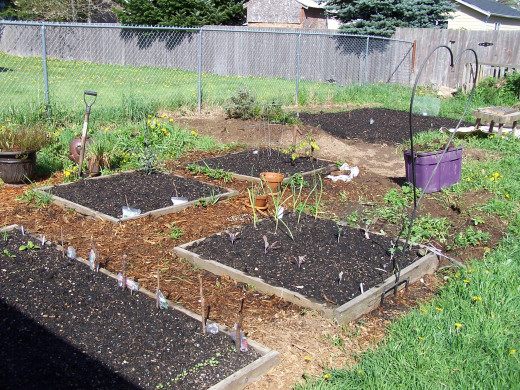
And Now for Amending That Soil
Take it from one who knows: dirt is not the same as dirt is not the same as dirt. There is dirt and then there is good dirt, and in gardening we call that dirt soil. Yes, you can quote me on that.
Let me say this, first, and then we’ll get to the nitty gritty of soil-amending.
In a perfect world, you will choose your site for a garden in the spring, amend the soil, and then let it sit a year for best results. If you want, plant potatoes that first year. I’m convinced that potatoes will grow in just about any soil, but other vegetables need that year of hibernation to properly transform into life-giving soil you can count on.
So, how do you know if you have good soil or bad soil? The only way I know is to have it tested. You can do this one of two ways: either test it yourself using a home-testing kit, or take a sample of your soil to a nursery and have them test it for you. Usually they are more than happy to do this because they hope you will buy your vegetable seeds or seedlings from them. I test my own, but I’m a DIY kind of guy.
So now the soil-testing is done and we have our results.
How is the pH?
If you need to raise the alkalinity, then add lime. If you need to lower the alkalinity, then add sulfur. How much? Start with five pounds of lime or sulfur per 100 square feet of existing garden. Give it awhile and test it again, then adjust accordingly.
Adding Nutrients to the Soil
I’m an organic kind of guy, so I won’t talk about inorganic material in this article. I don’t like inorganic fertilizer, don’t believe in it, and don’t recommend it.
So let’s talk about the organic stuff.
Organic fertilizers are slower-acting than inorganic, but I like that, because they release their nutrients over a period of time. A good organic fertilizer will have nitrogen, phosphorus and potassium. If you have had your soil tested then you’ll know what you need. Supplemental nutrition can be found from items like manure and fish emulsions for nitrogen, bone meal for phosphorus, and wood ashes for potassium.
- How to Make a Compost Bin from a Plastic Storage Container
A "how to" article that will show you how to transform a normal plastic storage container into a useful compost bin.
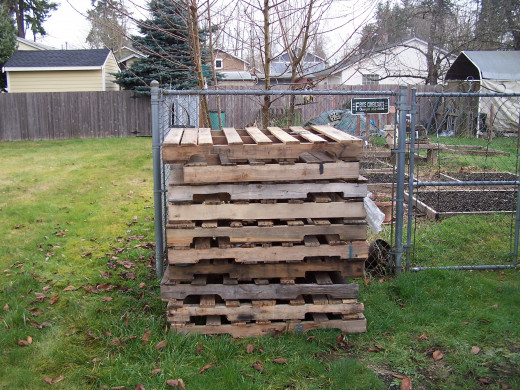
Adding Organic Matter
I love organic matter because you not only feed the soil but also the environment at the same time.
Do you compost? If not, why not? Any gardener serious about gardening should have a compost bin. If you can’t afford a fancy one, and no frugal farmer would have a fancy one, then make your own. You can make them out of wooden pallets or even a large Tupperware container. There is an article to the right with instructions on compost bin construction.
If you are going to add manure to your garden, then my recommendation is rabbit poop. It is, hands down, the richest manure you can give to your garden, and it is odorless and not messy at all….just nice little pellets you can work with without being grossed out. I have found best results when I have added my rabbit poop to my compost. This way I’m in no danger of burning my plants from adding too much ammonia.
I have also found grass clippings and leaves to be good additives for your soil. I put them in my garden in the late summer when the harvest is done, and let them work their magic over the winter. Just make sure the grass clippings are free of seed.
The other thing to consider is planting a winter crop. Things like clover or vetch are from the legume family and they are very good at adding nitrogen to the soil during the winter months.
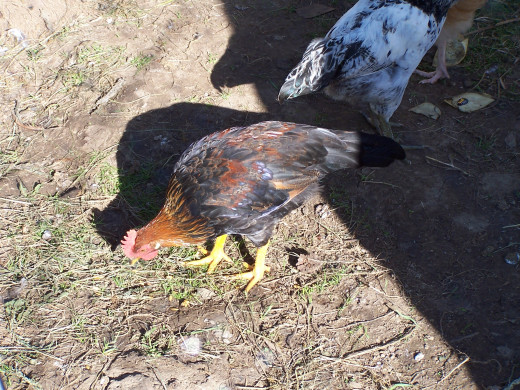
There Is Much More
I could write five articles about this topic, but let’s call it quits for now. That’s enough to get you started.
Milisa, I hope I’ve answered your question. If you are energetic, then dig up the sod and sift it. Heck, if you have a lawn, then dig that up since the lawn is doing you absolutely no good. All the soil you need is right underneath that green carpet.
Happy gardening to you all!
2014 William D. Holland (aka billybuc)


